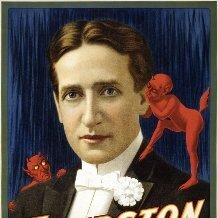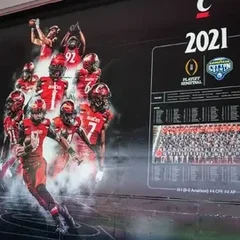Should high school football ban the "wedge" on kick returns?
Should the wedge be banned in high school football?
13 members have voted
-
Recently Browsing 0 members
- No registered users viewing this page.
.png.ffa34568722b20f38e3c3ecfcb9a2cd2.png)





Recommended Posts